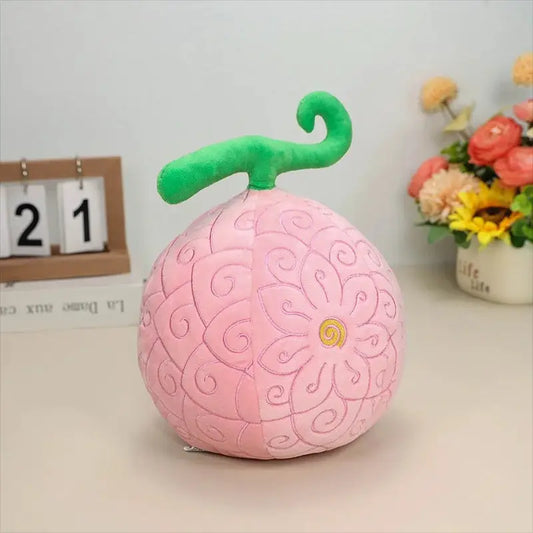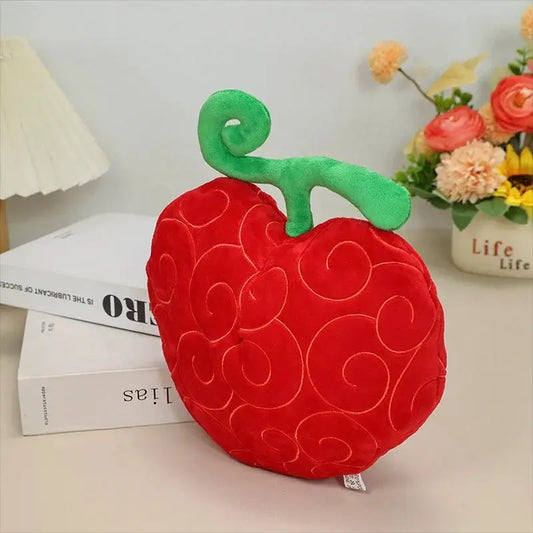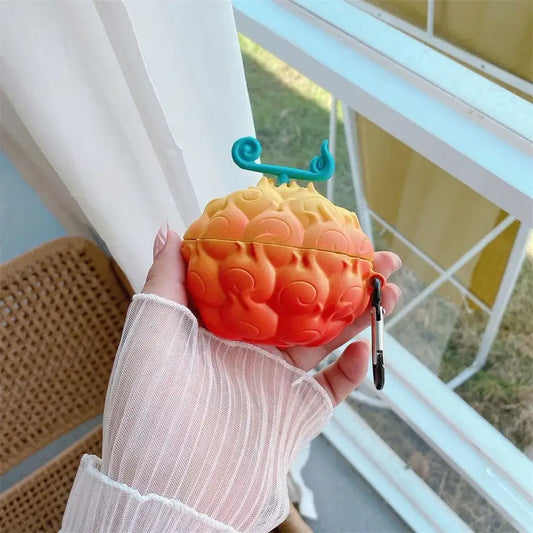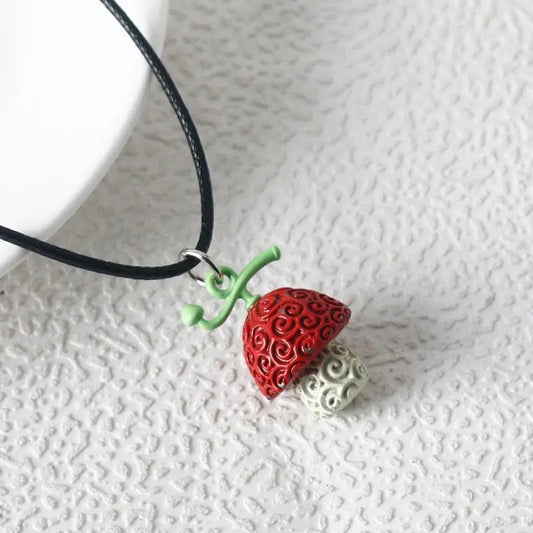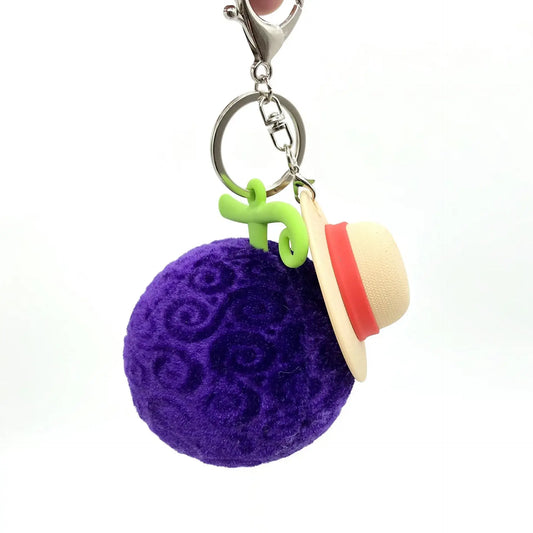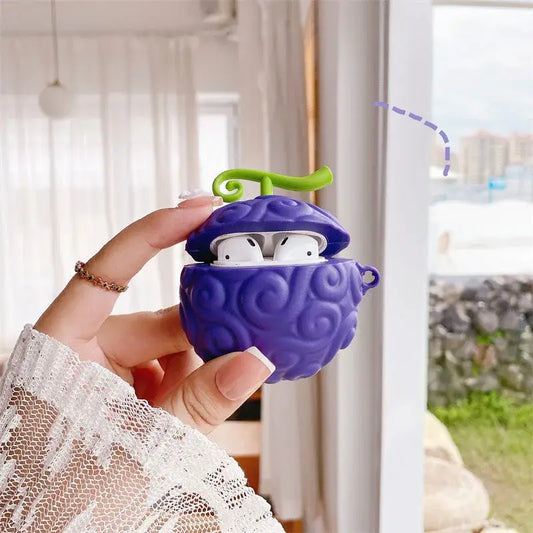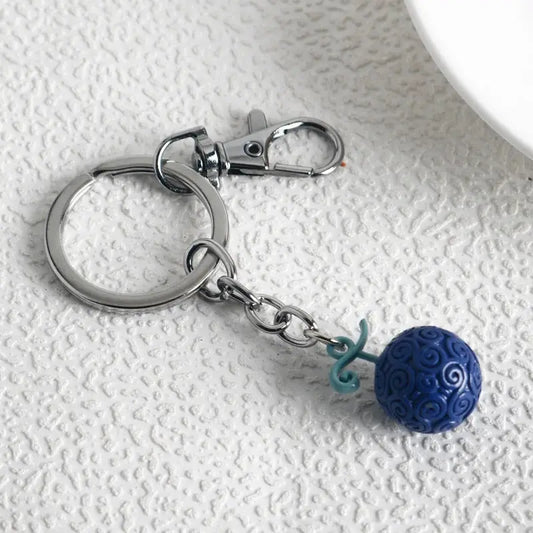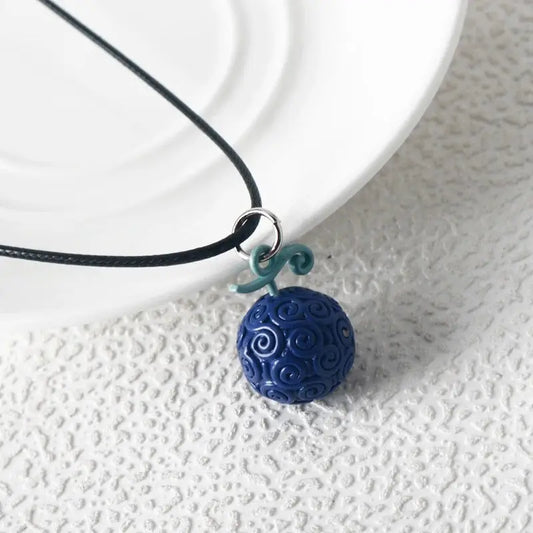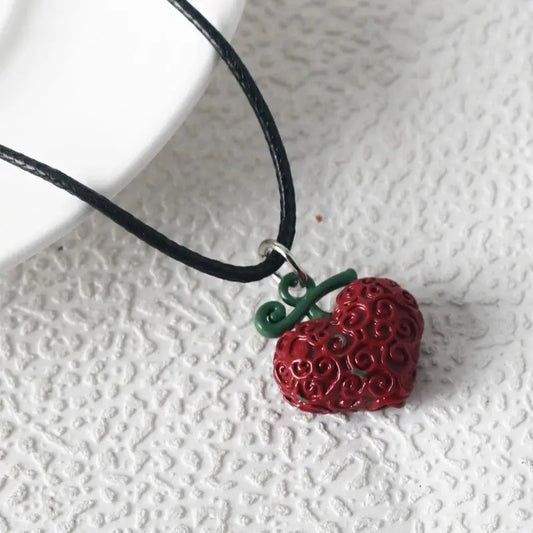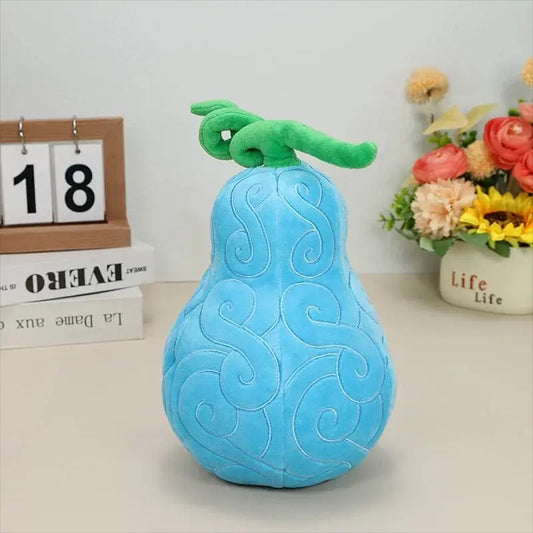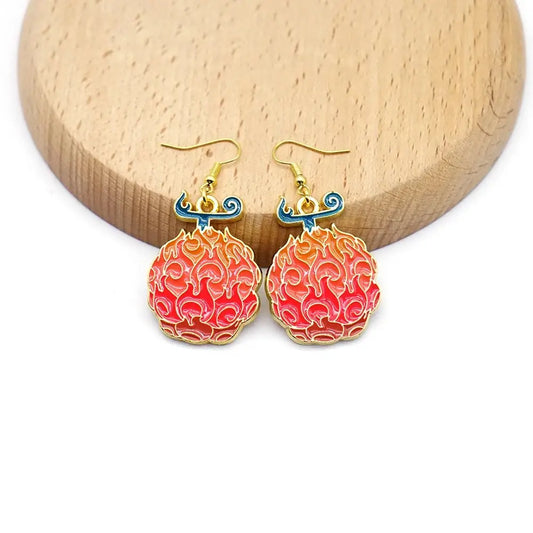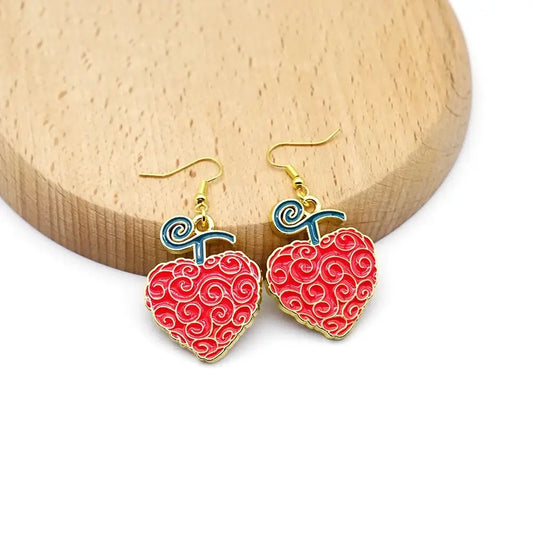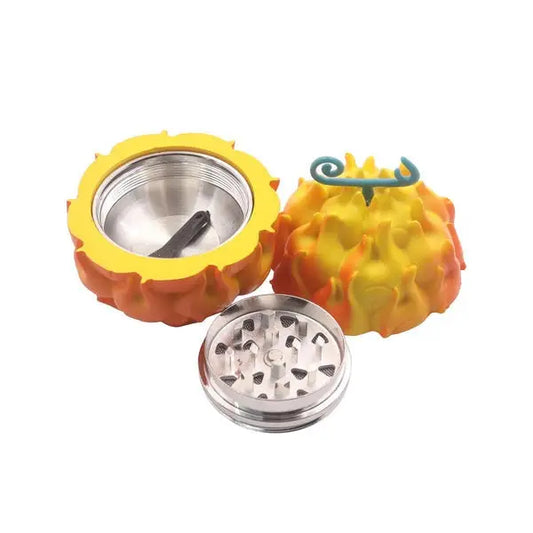The Power and Mystery of Devil Fruits
In the vast, lawless seas of One Piece, where pirates, Marines, and revolutionaries vie for power, there exists a class of mysterious, otherworldly items known as Devil Fruits. These fruits grant those who consume them incredible abilities — powers that can shatter islands, manipulate elements, or defy the laws of reality. But this power comes at a cost: the inability to swim, a fatal weakness in a world dominated by oceans.
Devil Fruits are the heartbeat of the One Piece power system. Their diversity, creativity, and narrative weight make them one of the most iconic mechanics in anime and manga. Each fruit is unique, and once consumed, it cannot be eaten again — its powers live on in the soul of the user.
Let’s dive into the origins, types, legendary users, and the ongoing mysteries surrounding these supernatural fruits.
Types of Devil Fruits: Categorizing Power
Devil Fruits are generally classified into three main types, each with distinct characteristics and possibilities. Understanding these categories is key to grasping the nature of powers in the One Piece universe.
✨ Paramecia
Paramecia fruits grant a wide range of abilities, often affecting the user’s body, their environment, or producing substances. They are the most common type.
Examples:
-
Luffy's Gomu Gomu no Mi (rubber body)
-
Buggy's Bara Bara no Mi (body separation)
-
Law's Ope Ope no Mi (spatial manipulation)
⚡ Logia
Logia fruits allow users to transform into, create, and control an element or force of nature. These are rare and incredibly powerful.
Examples:
-
Ace's Mera Mera no Mi (fire)
-
Enel's Goro Goro no Mi (lightning)
-
Smoker's Moku Moku no Mi (smoke)
🦅 Zoan
Zoan fruits allow users to transform into an animal or a hybrid of a human and an animal. Some Zoans even grant mythical or ancient transformations.
Subtypes:
-
Regular Zoan (e.g., Chopper’s Hito Hito no Mi)
-
Ancient Zoan (e.g., X Drake’s dinosaur form)
-
Mythical Zoan (e.g., Marco’s phoenix form, Luffy's Hito Hito no Mi: Model Nika)
Each type has its strengths, but all Devil Fruits share a common trait: the inability to swim after consumption.
The Origin and Lore of Devil Fruits
Despite their prominence, the origins of Devil Fruits remain shrouded in mystery. Some believe they are ancient creations, remnants of the Void Century, while others see them as gifts (or curses) from the sea itself.
The "will" of a Devil Fruit seems to persist across users. This has been implied in cases where Devil Fruit powers show signs of retaining personality traits or favoring certain individuals. Additionally, when a user dies, the fruit's power reappears in another fruit somewhere in the world — a phenomenon still not fully understood.
Vegapunk, the world’s leading scientist, has come closest to unraveling the truth behind Devil Fruits, even managing to replicate certain types with varying degrees of success. Still, even he acknowledges the existence of unknowns, especially regarding Mythical Zoans and the true nature of fruits like Luffy’s.
Notable Devil Fruit Users
Many of the most legendary characters in One Piece derive their abilities from Devil Fruits. Here are some standouts:
| Character | Fruit Name | Type | Ability Description |
|---|---|---|---|
| Monkey D. Luffy | Hito Hito no Mi: Model Nika | Mythical Zoan | Rubber-like body with godlike properties |
| Blackbeard | Yami Yami no Mi / Gura Gura no Mi | Logia / Paramecia | Darkness manipulation / Earthquakes |
| Kaido | Uo Uo no Mi: Model Seiryu | Mythical Zoan | Dragon transformation |
| Trafalgar Law | Ope Ope no Mi | Paramecia | Creates surgical operating room space |
| Enel | Goro Goro no Mi | Logia | Lightning manipulation |
| Charlotte Katakuri | Mochi Mochi no Mi | Paramecia | Mochi body with advanced observation Haki |
These users show the versatility and depth of Devil Fruits as tools for combat, strategy, and character development.
Strengths, Weaknesses, and Haki Interactions
While Devil Fruits grant immense power, they are not without limitations:
Main Weaknesses:
-
Seawater: Submersion nullifies the user’s abilities and immobilizes them.
-
Seastone: A rare mineral that has the same suppressive effects as seawater.
-
Haki: Particularly Busoshoku Haki (Armament) can bypass Logia intangibility and enhance physical attacks.
Moreover, not all fruits guarantee success in battle. Mastery, creativity, and combat experience are critical. Luffy’s evolution from rubber kid to Sun God Nika is testament to how far ingenuity can take a Devil Fruit user.
Additional Notes:
-
Some fruits require years of training.
-
Others are inherently dangerous (e.g., Law's Ope Ope no Mi has immortality surgery as a potential cost).
-
In rare cases, artificial Devil Fruits (SMILEs) come with devastating side effects.
Devil Fruits: Living on the Edge of Possibility
Devil Fruits are more than just a power mechanic in One Piece. They are a symbol of choice, consequence, and transformation. Each fruit comes with potential, a price, and a legacy. Whether used for liberation, domination, or revenge, Devil Fruits represent the boundless creativity of Eiichiro Oda's world.
As we sail further into the Grand Line, new fruits continue to appear, each one more awe-inspiring and bizarre than the last. But one thing remains true: in the world of One Piece, power is never just about ability — it’s about how you choose to wield it.
To eat a Devil Fruit is to change your fate forever.
So choose wisely... and brace for the storm.
See More Devil Fruits 👇
| Mera Mera no Mi |
| Ope Ope no Mi |
| Hana Hana no Mi |
| Awa Awa no Mi |
| Hito Hito no Mi |
| Kage Kage no Mi |
| Yomi Yomi no Mi |




